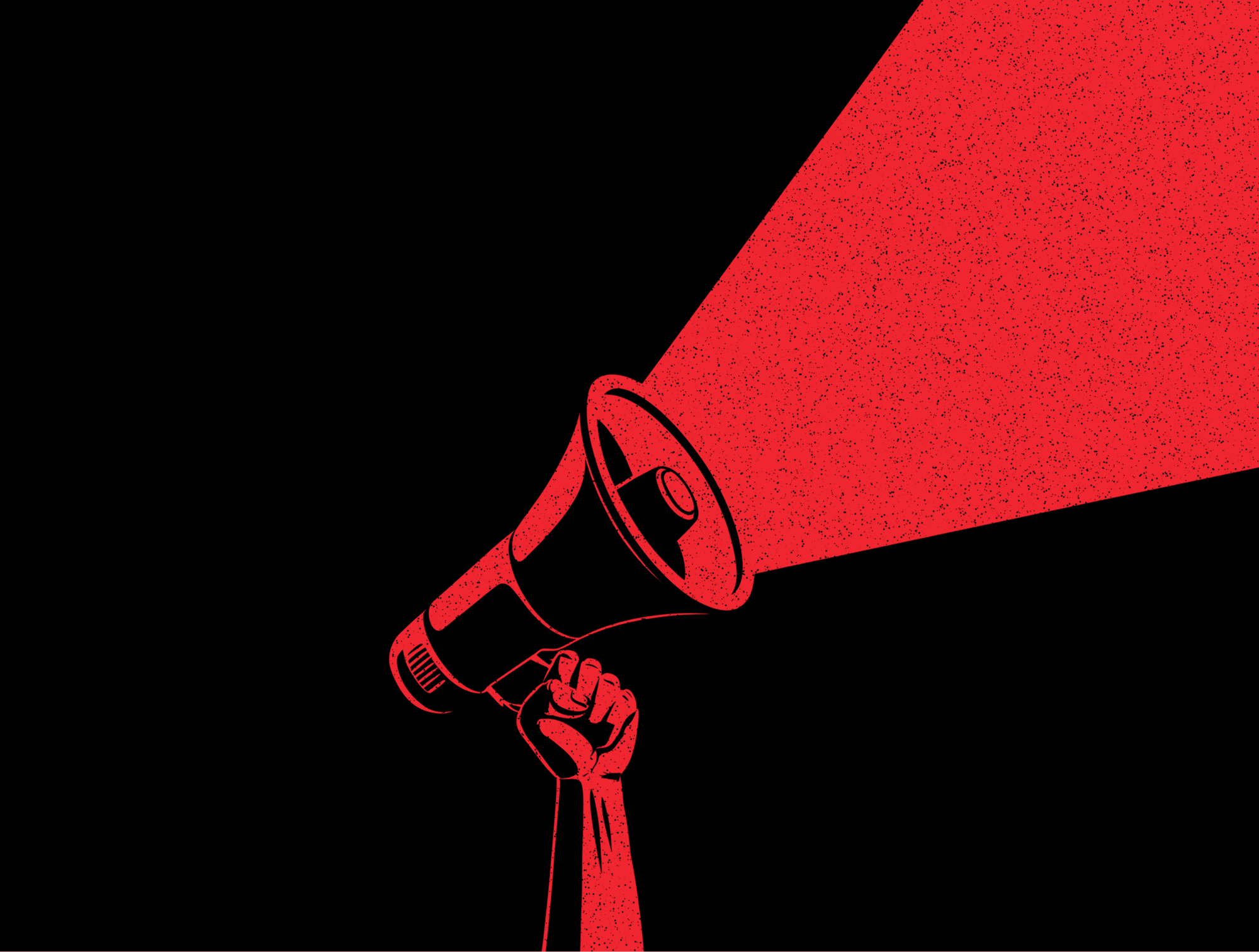Ribbons of trouble. Russian teenagers face criminal charges after vomiting on war symbol during livestream
A screenshot from the stream
Russian investigators have launched a criminal case against a group of teenagers accused of desecrating St. George’s ribbon during a livestream in the city of Naberezhnye Chelny, in the Republic of Tatarstan.
The Russia’s Investigative Committee has opened a criminal case against several teenagers from the city of Naberezhnye Chelny in the Republic of Tatarstan after they vomited an arch with St. George’s ribbons during a livestream. The agency said they will be charged with “desecration of symbols of Russia’s military glory.”
Officially titled “Rehabilitation of Nazism,” Article 354.1 of the Russian Criminal Code prohibits denying the findings of the Nuremberg Tribunal, approving Nazi crimes, or spreading knowingly false information about the USSR’s actions during the Second World War or about war veterans. Part 4 of the article applies to group offences committed online; it carries penalties from fines to up to 5 years in prison.
No further details were provided on the number of participants or the exact circumstances.
According to the local news outlet Realnoe Vremya, the teenagers allegedly vomited on decorative arches covered with St George’s ribbons, the black-and-orange wartime symbol widely used in Russia to commemorate victory over Nazi Germany—and to promote ongoing militarasation amid the invasion of Ukraine. The arches were located outside the Naberezhnye Chelny city administration building.
The act took place during a livestream challenge, in which viewers reportedly paid the teenagers 500 rubles ($6) to perform the stunt. The donation progress bar on the stream indicates they were collecting money to “rent a house for a month.”
Yekaterina Mizulina, head of the quasi-government “Safe Internet League”, posted a video from the stream. She later said that, according to her information, one of the participants had already been detained.
The St George’s ribbon became a symbol of wartime remembrance in the USSR after the Second World War. Under Putin, it has been repurposed as a sign of state-sponsored patriotism and militarisation, widely used to express support for Russia’s government and its military campaigns, including the war in Ukraine.
Help save Mediazona. We need you
Mediazona is in a tough spot—we still haven’t recovered our pre-war level of donations. If we don’t reach at least 5,000 monthly subscribers soon, we’ll be forced to make drastic cuts, limiting our ability to report.
Only you, our readers, can keep Mediazona alive.
Save Mediazona
“I consider Ukraine my home; I love this country”. Closing statement of powerlifting champion Yulia Lemeshchenko, sentenced to 19 years in Russia A warrant for a warrant. Moscow adds International Criminal Court leadership to wanted list for “illegal prosecution” of Russians and “provoking a war” Strategic bureaucratese. Vladimir Putin requests “coordinated proposals on the possible start of work to prepare for nuclear weapons testing” Uncooperative. Three street musicians jailed in St Petersburg for performing songs by artists critical of the Kremlin Unfit to learn, fit to die. Disabled Siberian man unable to read or write is killed in Ukraine after being recruited from prison